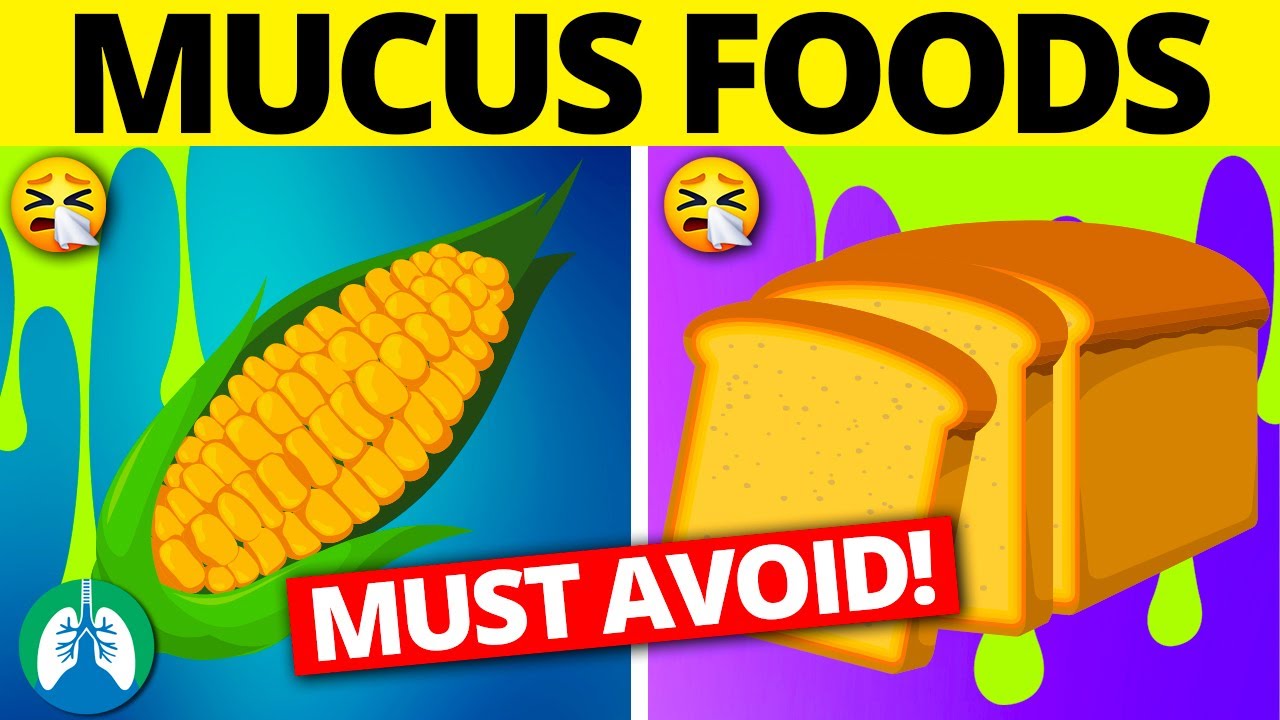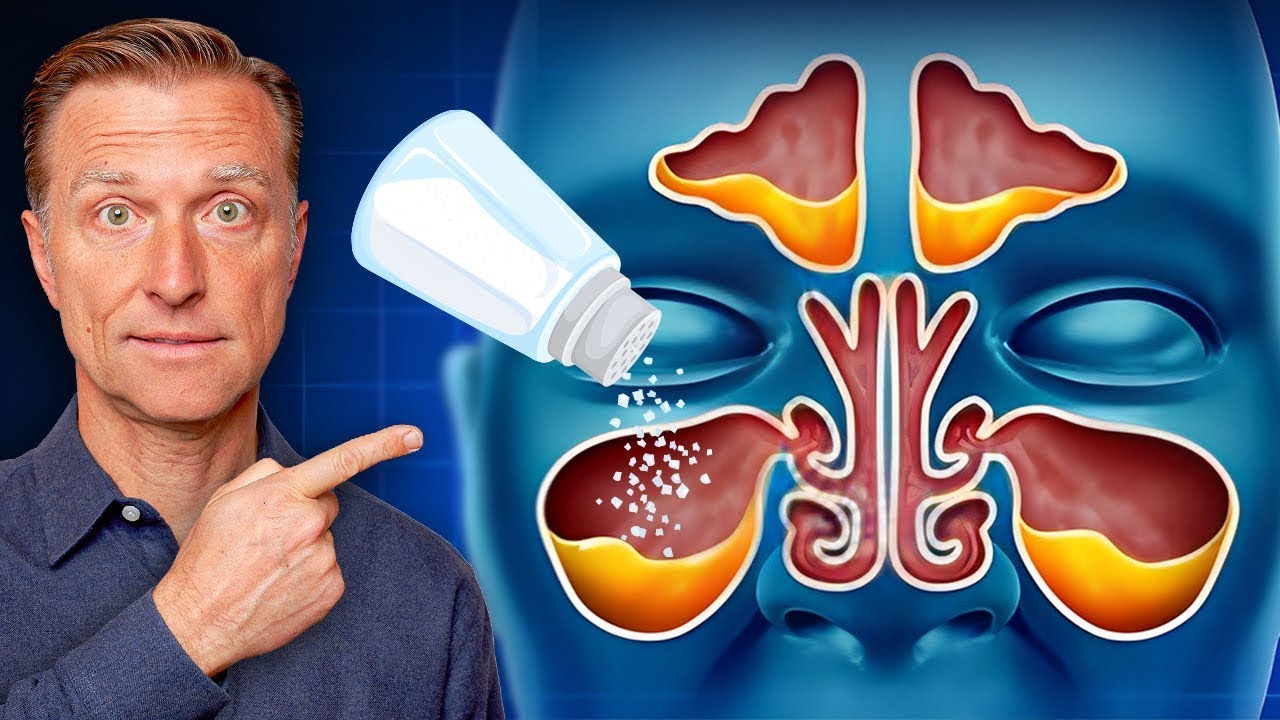HOME REMEDIES FOR ASTHMA

Please note our content is intended solely for informational purposes and should not be used in place of official medical advice.
What is Asthma?
Asthma is a chronic (long-term) condition that affects the airways in the lungs. The airways are tubes that carry air in and out of your lungs. If you have asthma, the airways can become inflamed and narrowed at times. This makes it harder for air to flow out of your airways when you breathe out.
Symptoms of Asthma
Asthma symptoms vary from person to person. Asthma could be infrequent asthma attacks, have symptoms only at certain times — such as when exercising — or have symptoms all the time.
Asthma signs and symptoms include:
- Shortness of breath
- Chest tightness , pain or pressure
- Wheezing when exhaling, which is a common sign of asthma in children
- Trouble sleeping caused by shortness of breath, coughing or wheezing
- Coughing or wheezing attacks that are worsened by a respiratory virus, such as a cold or the flu
Signs that your asthma is probably worsening include:
- Asthma signs and symptoms that are more frequent and bothersome
- Increasing difficulty breathing, as measured with a device used to check how well your lungs are working (peak flow meter)
- The need to use a quick-relief inhaler more often
For some people, asthma signs and symptoms flare up in certain situations:
- Exercise-induced asthma, which may be worse when the air is cold and dry
- Occupational asthma, triggered by workplace irritants such as chemical fumes, gases or dust
- Allergy-induced asthma, triggered by airborne substances, such as pollen, mold spores, cockroach waste, or particles of skin and dried saliva shed by pets (pet dander)
- Asthma-COPD overlap syndrome (ACOS): This type happens when you have both asthma and chronic obstructive pulmonary disease (COPD). Both diseases make it difficult to breathe.
Triggers can be different for each person. But some common triggers include:
- Air pollution: Many things outside can cause an asthma attack. Air pollution includes factory emissions, car exhaust, wildfire smoke and more.
- Dust mites: You can’t see these bugs, but they are in our homes. If you have a dust mite allergy, this can cause an asthma attack.
- Exercise: For some people, exercising can cause an attack.
- Mold: Damp places can spawn mold, which can cause problems if you have asthma. You don’t even have to be allergic to mold to have an attack.
- Pests: Cockroaches, mice and other household pests can cause asthma attacks.
- Pets: Your pets can cause asthma attacks. If you’re allergic to pet dander (dried skin flakes), breathing in the dander can irritate your airways.
- Tobacco smoke: If you or someone in your home smokes, you have a higher risk of developing asthma. You should never smoke in enclosed places like the car or home, and the best solution is to quit smoking. Your provider can help.
- Strong chemicals or smells. These things can trigger attacks in some people.
- Certain occupational exposures. You can be exposed to many things at your job, including cleaning products, dust from flour or wood, or other chemicals. These can all be triggers if you have asthma.
Some breathing exercises can help with symptoms of an asthma attack.
- Pursed-lip breathing. This slows your breathing and helps hold your airways open longer so your lungs work better. With your mouth closed, breathe in slowly through your nose. Then breathe out through your mouth, with your lips pursed like you’re whistling, for twice as long.
- Belly breathing. This technique uses the same steps as pursed-lip breathing. But as you breathe in, focus on the movement of your belly. Picture it filling with air like a balloon. It may help to keep your hands on your belly so you can concentrate on the air going in and out.
Home remedies for Asthma:-
Rid Throat and Sinus Mucus with Salt
Salt can effectively get rid of bacteria, fungi, yeast, and mold in the body. Salt causes water to move out of the cell, eliminating these pathogens through dehydration.
Salt thins mucus with this same mechanism. Salt removes water from the mucus, making it thinner so that it can be more easily expelled from the body.
To eliminate mucus using salt, dissolve a teaspoon of sea salt (not table salt) in a glass of water. Drink or gargle the salt water. This exposes the mouth and throat to salt, which helps to get rid of mucus, improves immunity, and strengthens the autonomic nervous system.
You can also use diluted apple cider vinegar. This changes the pH and helps kill microbes.
A Neti pot uses nasal irrigation to gently send a stream of diluted salt water through your sinuses, helping to thin the mucus. If you have a constant post-nasal drip, you may have a fungal infection or mold issue going on in your sinuses, and cutting sugar from your diet may help.
You can also use a humidifier with a saltwater solution while you sleep. A humidifier turns liquid into vapor, allowing you to inhale the salt water. Halotherapy, or salt therapy, can also be beneficial.
If none of these remedies seem to be working, an ear infection could be the source of your mucus. In this case, try putting four to five drops of saltwater directly into each ear. You can try the same thing with diluted apple cider vinegar or use one drop of garlic oil in each ear.





